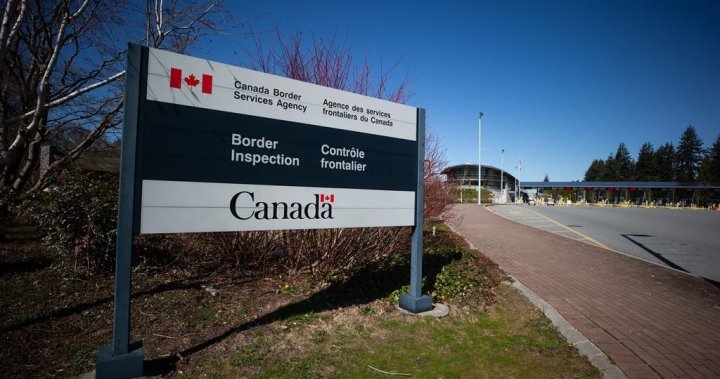Foreign nationals will no longer be able to apply for a Post Graduate Work Permit (PGWP) at the U.S.-Canada border, as announced by Immigration Minister Marc Miller. This decision aims to address the practice of “flagpoling,” where temporary residents bypass the normal application process by leaving and re-entering the country for same-day immigration services. Miller emphasized that this measure will protect the integrity of the immigration system and allow officers to focus on crucial responsibilities such as safety and security.
Public Safety Minister Dominic LeBlanc echoed the concerns about flagpoling, stating that it places an undue burden on border services officers. The process involves individuals exiting Canada, reporting to U.S. border officials, and then returning to Canada to apply for immigration services. To address the issue, the Canadian Border Services Agency (CBSA) has reduced flagpoling hours at 12 ports of entry to streamline operations and focus on high-risk travelers and trade facilitation. The aim is to encourage temporary residents to apply for work permits within Canada rather than resorting to flagpoling.
Immigration, Refugees and Citizenship Canada highlighted measures to expedite processing times for in-Canada work permit applications, simplify online forms and processes, and authorize workers to start with a new employer immediately. The agency’s goal is to deter flagpoling by providing more efficient and accessible avenues for obtaining work permits within the country. By prioritizing in-Canada applications and enhancing the overall process, IRCC hopes to reduce the need for individuals to leave and re-enter the country for immigration services.
The decision to disallow foreign nationals from applying for a PGWP at the U.S.-Canada border aligns with efforts to combat flagpoling, a practice that diverts resources and attention from critical immigration tasks. By restricting this process and encouraging applicants to apply within Canada, officials can focus on safeguarding the safety, security, and prosperity of residents. The streamlined approach to work permit applications aims to deter individuals from seeking expedited services through flagpoling and promote a more efficient system for obtaining immigration services.
The concerns raised by officials regarding flagpoling highlight the challenges faced by border services officers and the impact of this practice on immigration operations. By reducing flagpoling hours at various ports of entry and enhancing processing times for in-Canada applications, the government aims to address these issues and improve the overall efficiency of the system. The measures introduced by IRCC are designed to provide a more accessible and streamlined process for individuals seeking work permits, ultimately reducing the need for flagpoling and ensuring the integrity of the immigration system.
In conclusion, the decision to restrict foreign nationals from applying for a PGWP at the U.S.-Canada border reflects a broader strategy to combat flagpoling and enhance the efficiency of immigration services. By prioritizing in-Canada applications, simplifying processes, and authorizing immediate work with new employers, officials are working towards a more accessible and streamlined system. The goal is to discourage flagpoling practices, alleviate the burden on border services officers, and maintain the integrity of the immigration system while also ensuring the safety and security of residents.













